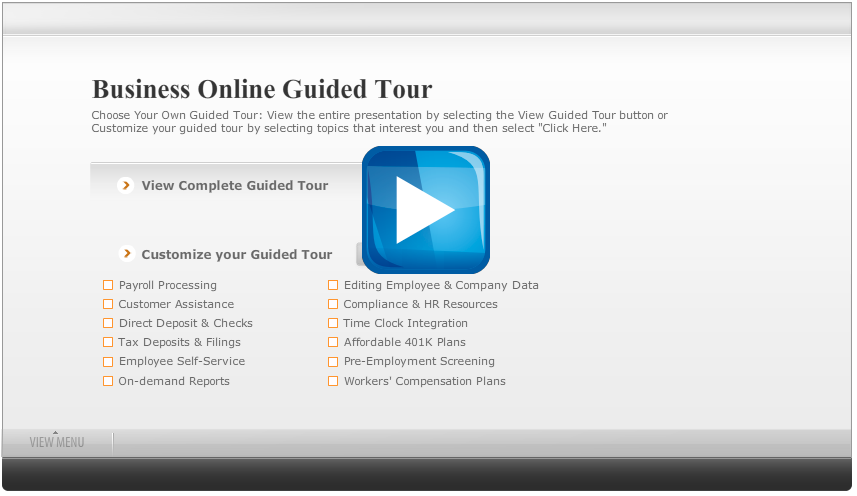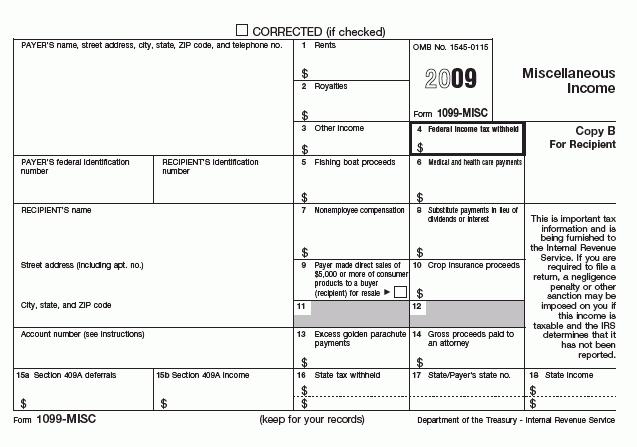 The world of work for knowledge and information workers has seen enormous shifts over the past decade, and it is something that impacts a disproportionate number of entrepreneurs. According to the 2006 US Census, 49% of US businesses were based out of the home. While these ranks used to be dominated by the trades (e.g. construction, electricians, plumbers, etc.), advances in technology have swelled the ranks of the home-based knowledge worker (e.g. consultants, web designers, developers, writers, etc.).
The world of work for knowledge and information workers has seen enormous shifts over the past decade, and it is something that impacts a disproportionate number of entrepreneurs. According to the 2006 US Census, 49% of US businesses were based out of the home. While these ranks used to be dominated by the trades (e.g. construction, electricians, plumbers, etc.), advances in technology have swelled the ranks of the home-based knowledge worker (e.g. consultants, web designers, developers, writers, etc.).
This creates a whole new set of challenges when it comes to getting work done. Because information-based work is almost never done in a vacuum, most of us work in teams. And a large percentage of those teams can go weeks — if ever — without seeing each other face-to-face. Making this work well sounds like it should be easy given all of today’s technology: email, Skype, ooVoo, Twitter, etc. But, as usual, the issue that requires the most management is not the technology, it’s the people.
Becky McCray of SmallBizSurvival recently posted an article on MyVenturePad discussing this very thing. In “6 Tips for managing a distributed workforce,” she discussed several valuable tips in successfully leading a team that is all working remotely (presumably from their homes). In addition to some of her great tips — ranging from reading The One Minute Manager to explicitly declaring the weekend off — here are a couple more items that I’ve recently been reminded are critical to the success of a virtual team.
Clarifying priorities.
All of us are familiar with the Scope-Resources-Time triangle and we get the relationship between all of them. One of the most difficult things to manage through is when each member of the team is assuming a different leg of that triangle is the highest priority. (This can be especially challenging when your priority is your deadline, but you’ve got team members who are perfectionists and want to spend time on things that could be considered enhancements, vs. the most critical requirements.) To help manage that, I’ve taken to writing a one-sheet project summary for everyone — the client and the team, and the top of the sheet includes the prioritization of those three elements (including supporting notes).
Different projects have different priorities, and everyone needs to know what matters most in order to prioritize options and decisions. A project leader can’t assume their team reads minds or is going to guess correctly.
Rules of engagement.
These are vital at an organizational level, at a team level and at a project level. No need to be onerous about it, but it needs to be done. Things like the Employee Handbook that Becky mentions in her post fall into this category at an organizational level, but having smaller versions at a project level is critical to keeping everything on track.
Things like predictable status updates and check-in times become more and more important to manage if you are working with a team spread across time zones and/or a client with a very formal schedule. This can also mean being explicit about when synchronous vs. asynchronous communications are needed. There are some things that are just harder to do over email, even though that might be everyone’s preference.
Roles and responsibilities.
This can be part of the Rules of Engagement, but is also a broader question. A common problem is having several people who are jacks-of-all-trades working on multiple things (this seems to be a particularly common quality among freelancers). But the the problem which evolves is ownership. Who is RESPONSIBLE for making sure certain things are handled correctly.
Talk through assumptions.
One of the hardest things about a distributed team is that you are very limited in your ability to witness a person’s reaction to a piece of information. Whether it’s someone taking offense at a comment and getting angry, or whether it’s taking an off-the-cuff comment literally when it was never meant that way, we rely on face-to-face communications for so much of our understanding of how other people are perceiving what we say.
Figuring out how to do this via technology over distance can be really, really hard. Rephrasing and repeating back what people just heard is a start, but recognizing that it’s necessary to make sure that people are not taking their communications for granted is a huge part of the leadership of distributed teams.
Ask, Then Decide
Not sure if members of your team prefer email vs. phone calls? Ask. Is your designer a morning person and your developer a night person? Ask. Does your client spend mornings in too many meetings to be available for questions until after lunch? Ask. If your designer uses a Mac, your developer is on Linux, and your client is on Windows, what tools do they like for collaboration? Ask. Skype or GTalk? Ask.
Ask first. If you do, not only will you be in a position to make better decisions, but you’ll also probably be surprised at how many new things you learn from other people whose experience can come in handy. If it helps, create a questionnaire for each person to fill out when they join the team, and use that to craft a process that works for that team. Early morning meetings are not going to be productive if you’ve got a team of night owls. So make sure you ask first, and then plan.
I love so many things about the distributed team model, but some things simply are harder when working this way. It is easy to take things for granted, to uncover (and then recover from) casual misunderstandings, and to rely on multi-sensory input to facilitate strong communication when you are working in the same physical space with people. You can tell when someone is having a bad day, you can see when what you just said confused them, and you can hear how they discuss ideas and concepts in a more casual context to gauge how they are interpreting information. We often forget how much we rely on casual interactions in the workplace to get things done.
As soon as you move to a virtual team, many of the informal techniques we rely on to communicate are handicapped, if not out-right eliminated. This means being much more deliberate about how we communicate with each other. Given that the vast majority of the information exchange in human communications is non-verbal, this is a very counter-intuitive thing for many of us to do. But if you’re going to make a virtual team successful, it’s something that you’ve got to train everyone — starting with yourself — to do, and do well.
Alora Chistiakoff is an entrepreneur, blogger, content strategist and project manager who has been developing online business and technology for startups for more than a decade. She co-owns The Indigo Heron Group, Inc., a content strategy firm in Austin, Texas.
 Our partner, Business Online Payroll can help make your payroll processing painless. With your monthly subscription of only $49.99 (a 50% savings over traditional payroll services), you’ll get worry-free, comprehensive and convenient full-service payroll.
Our partner, Business Online Payroll can help make your payroll processing painless. With your monthly subscription of only $49.99 (a 50% savings over traditional payroll services), you’ll get worry-free, comprehensive and convenient full-service payroll.









